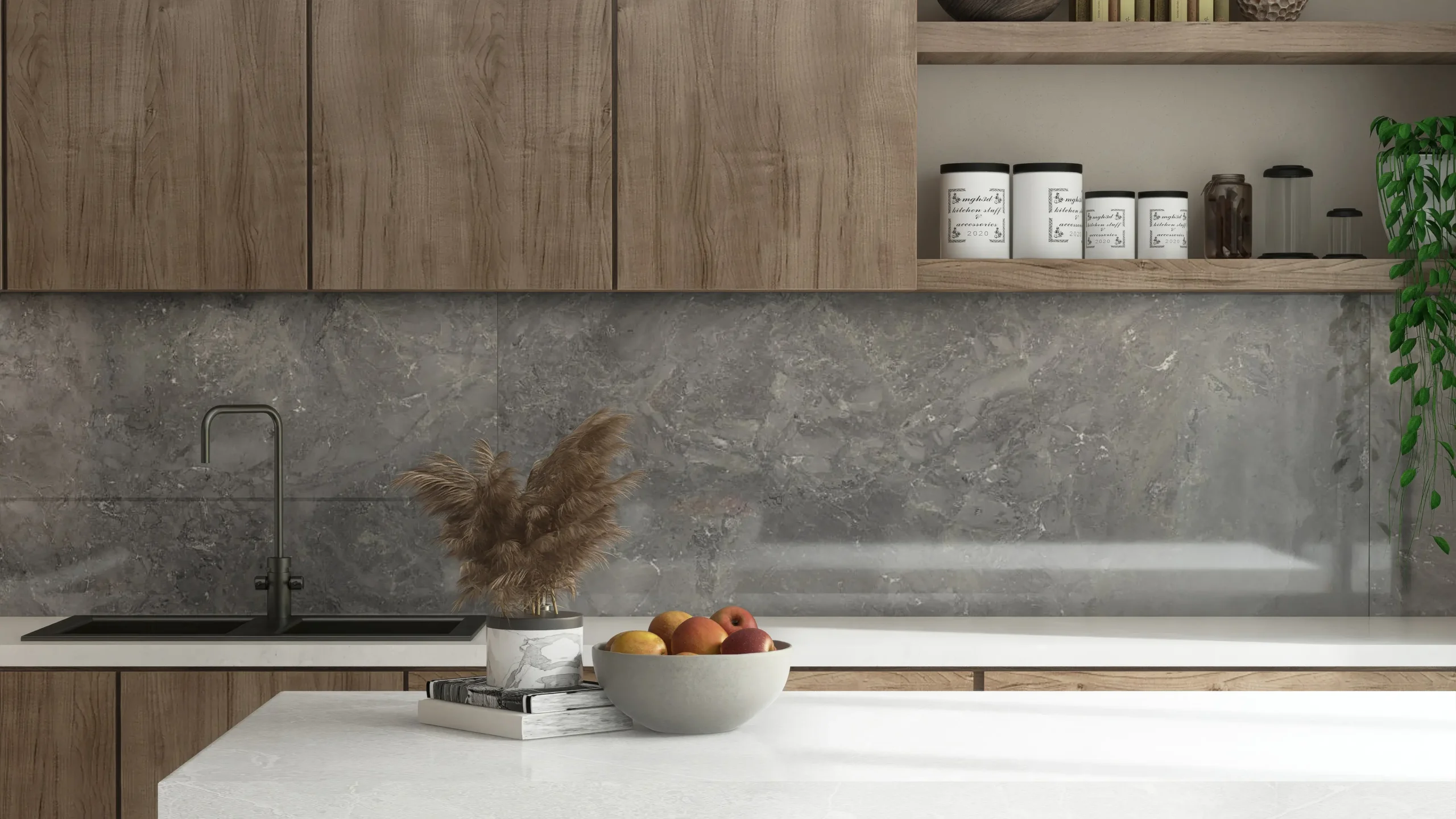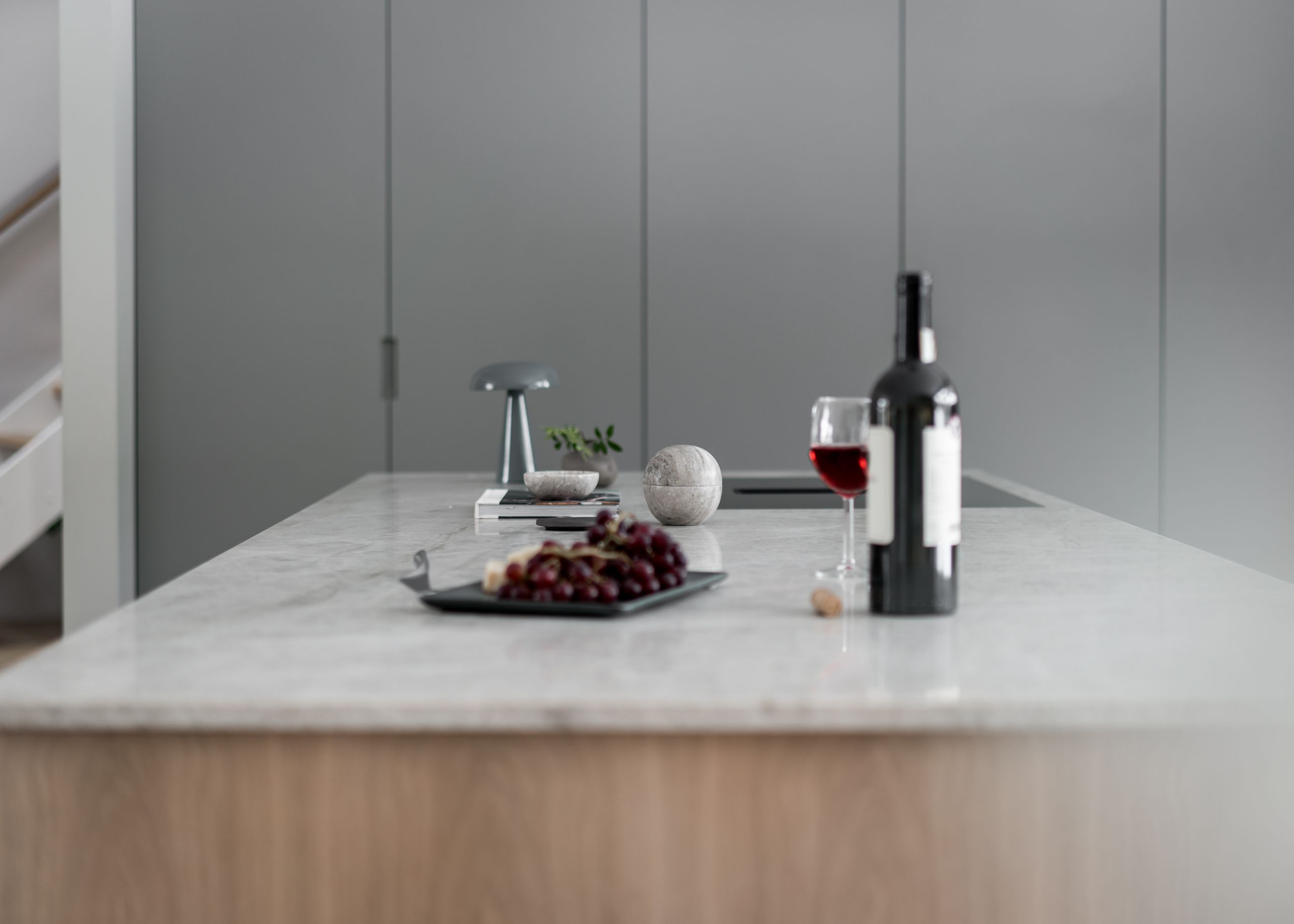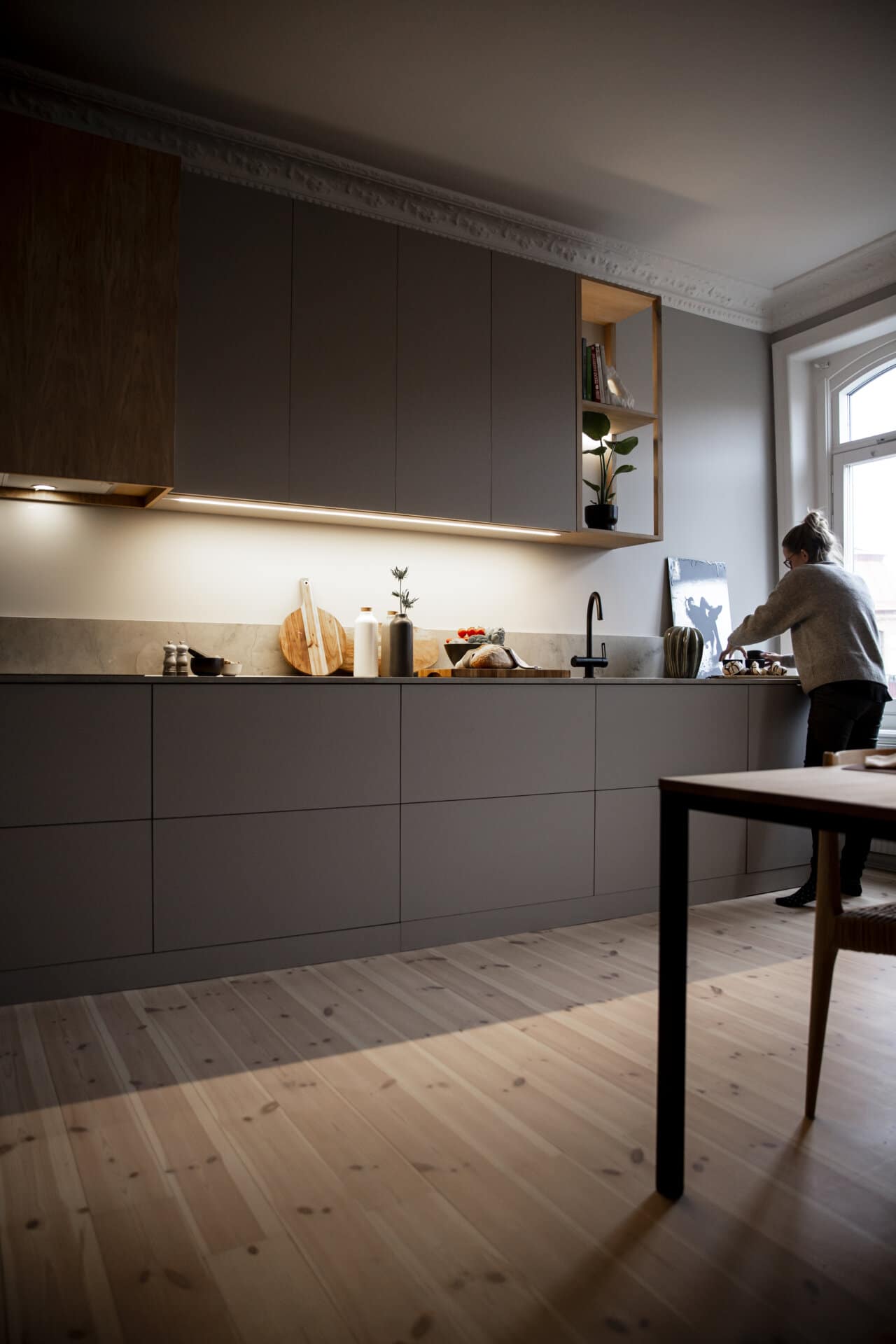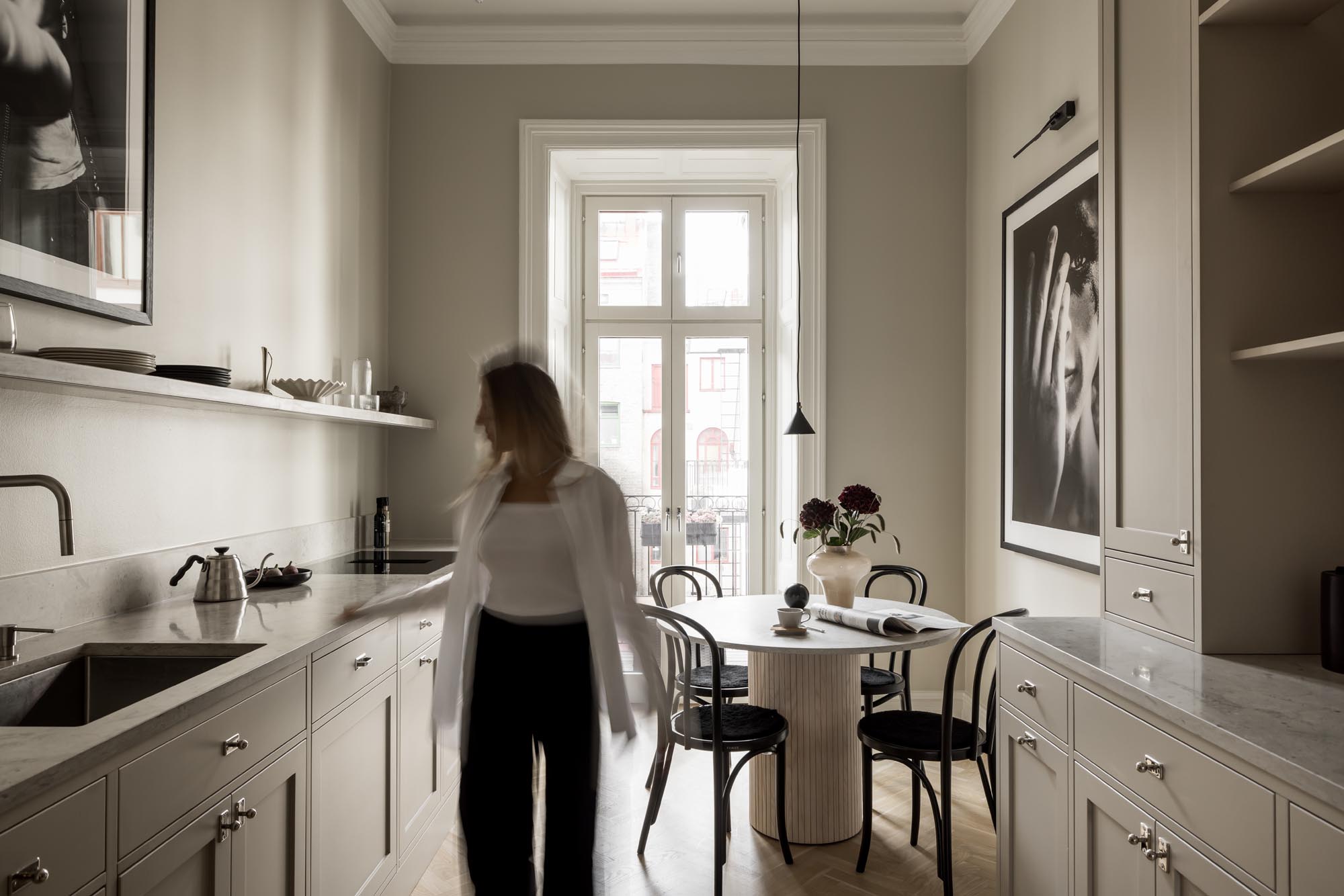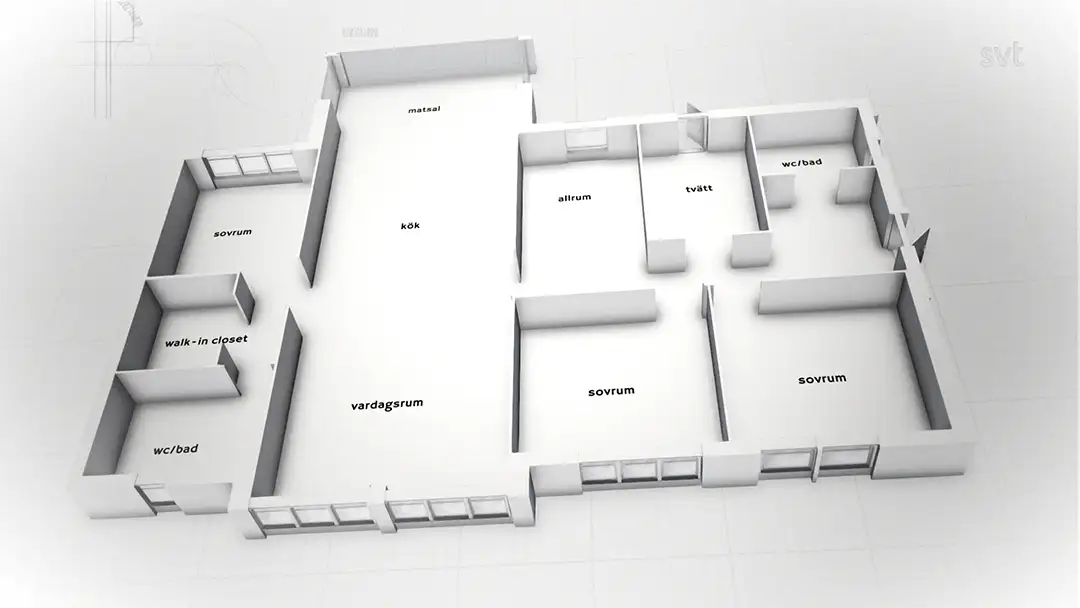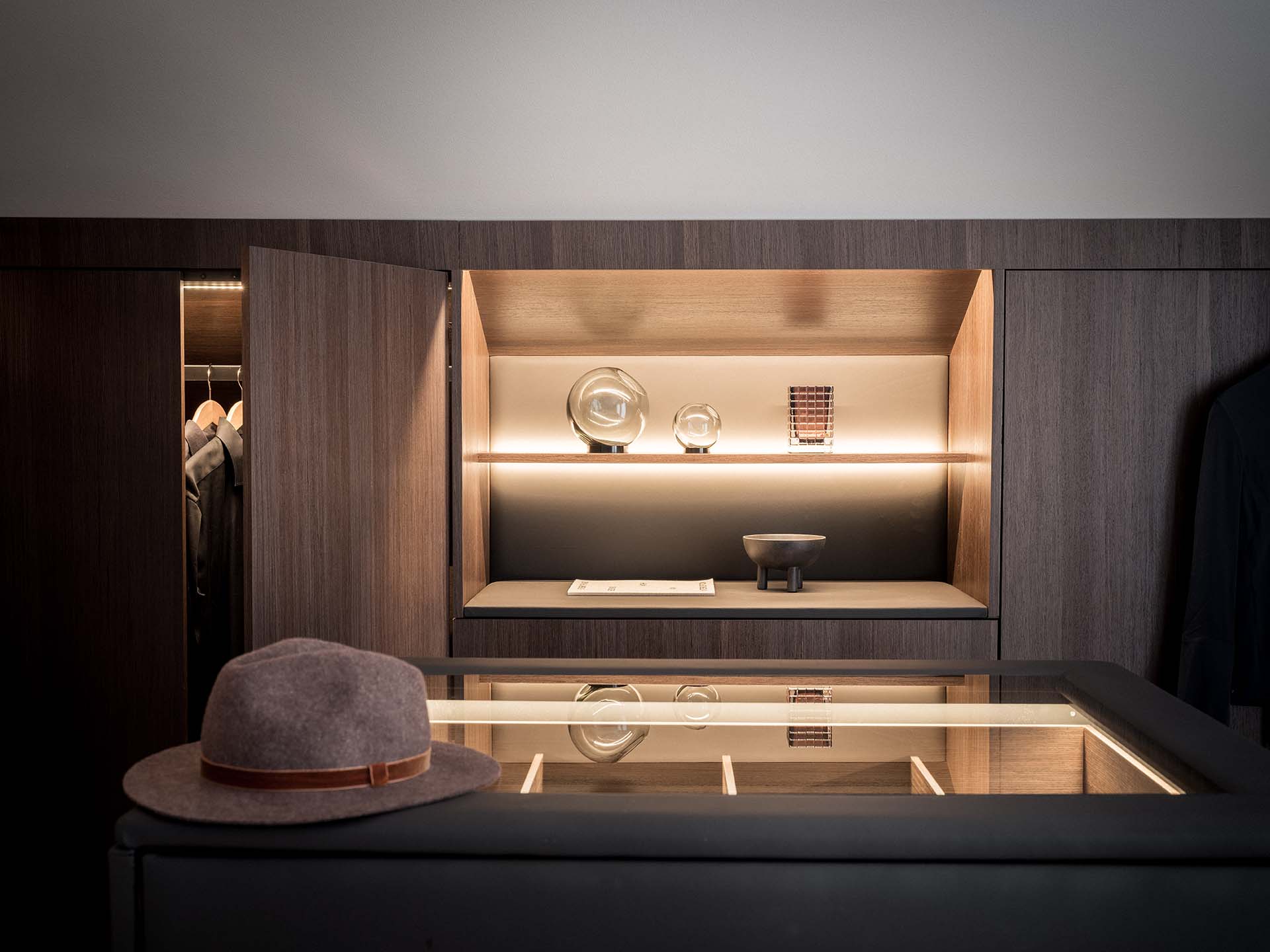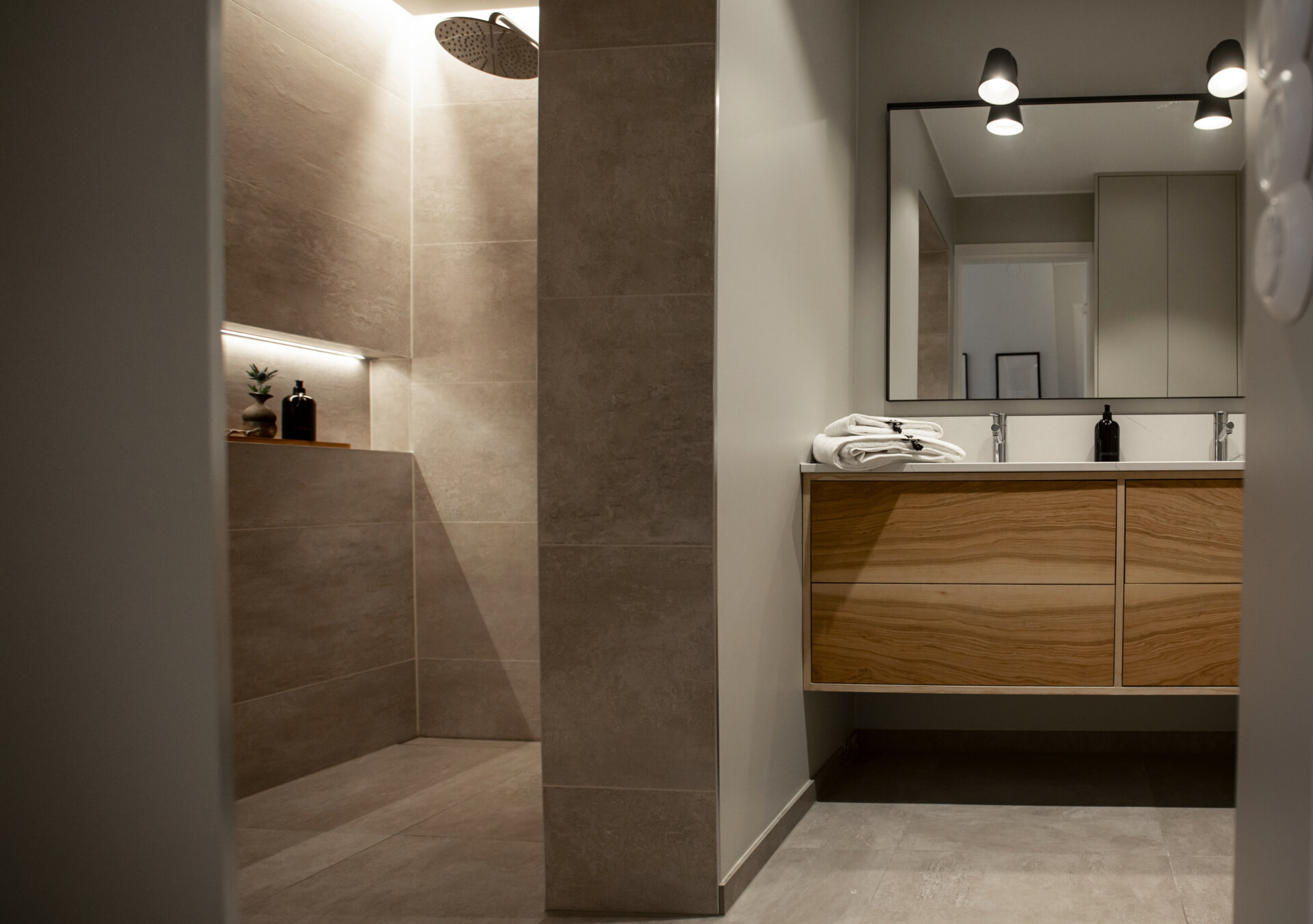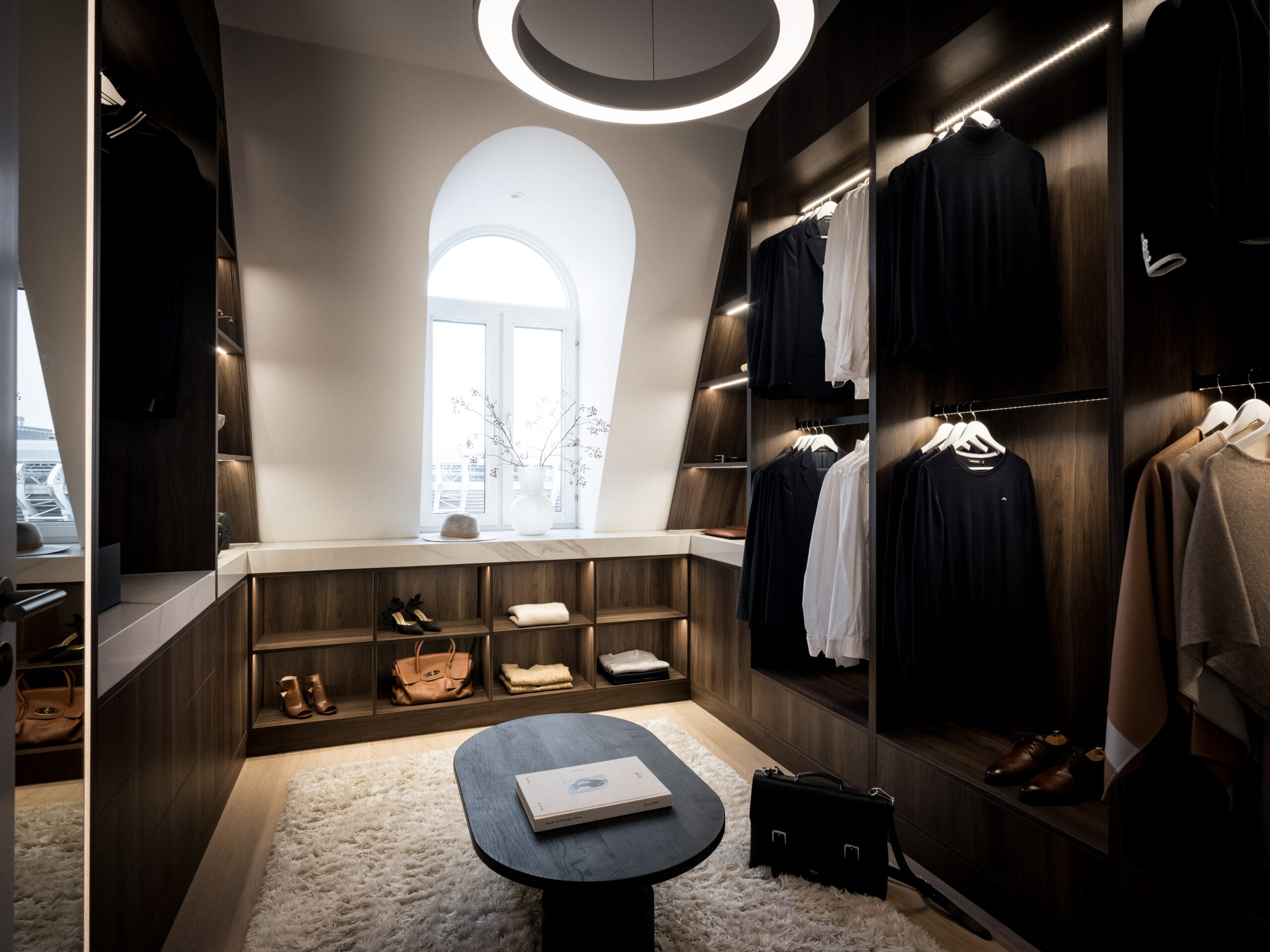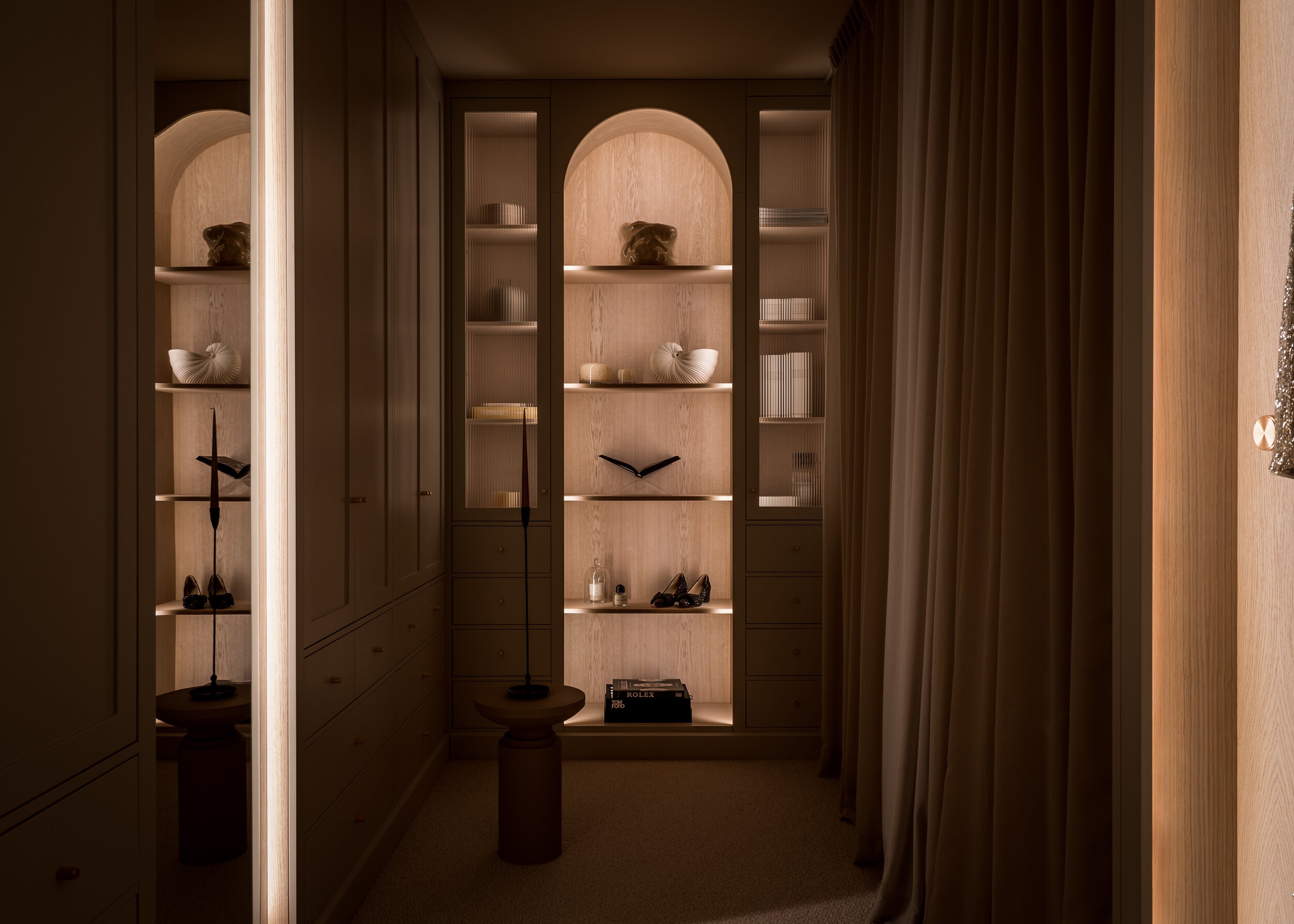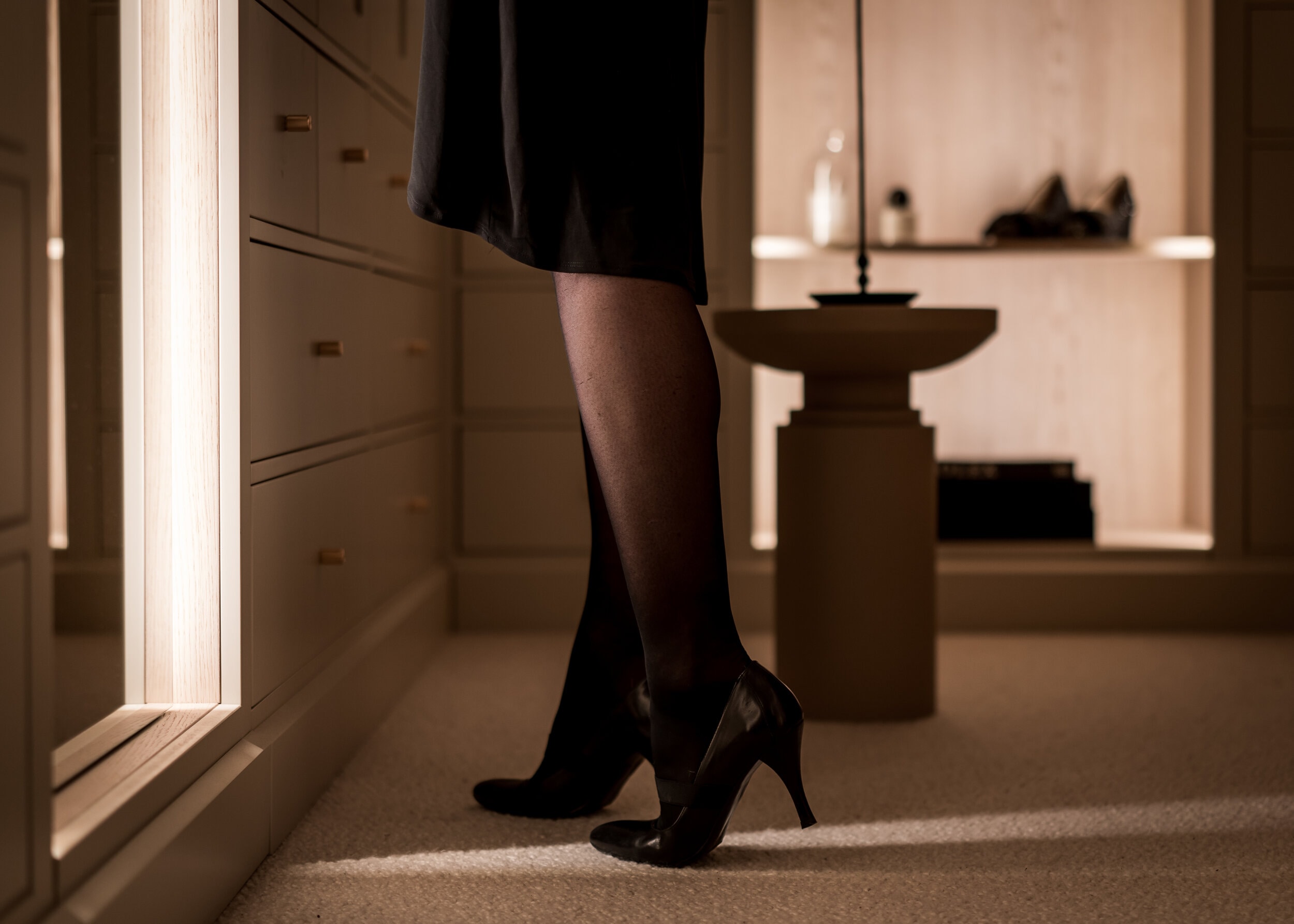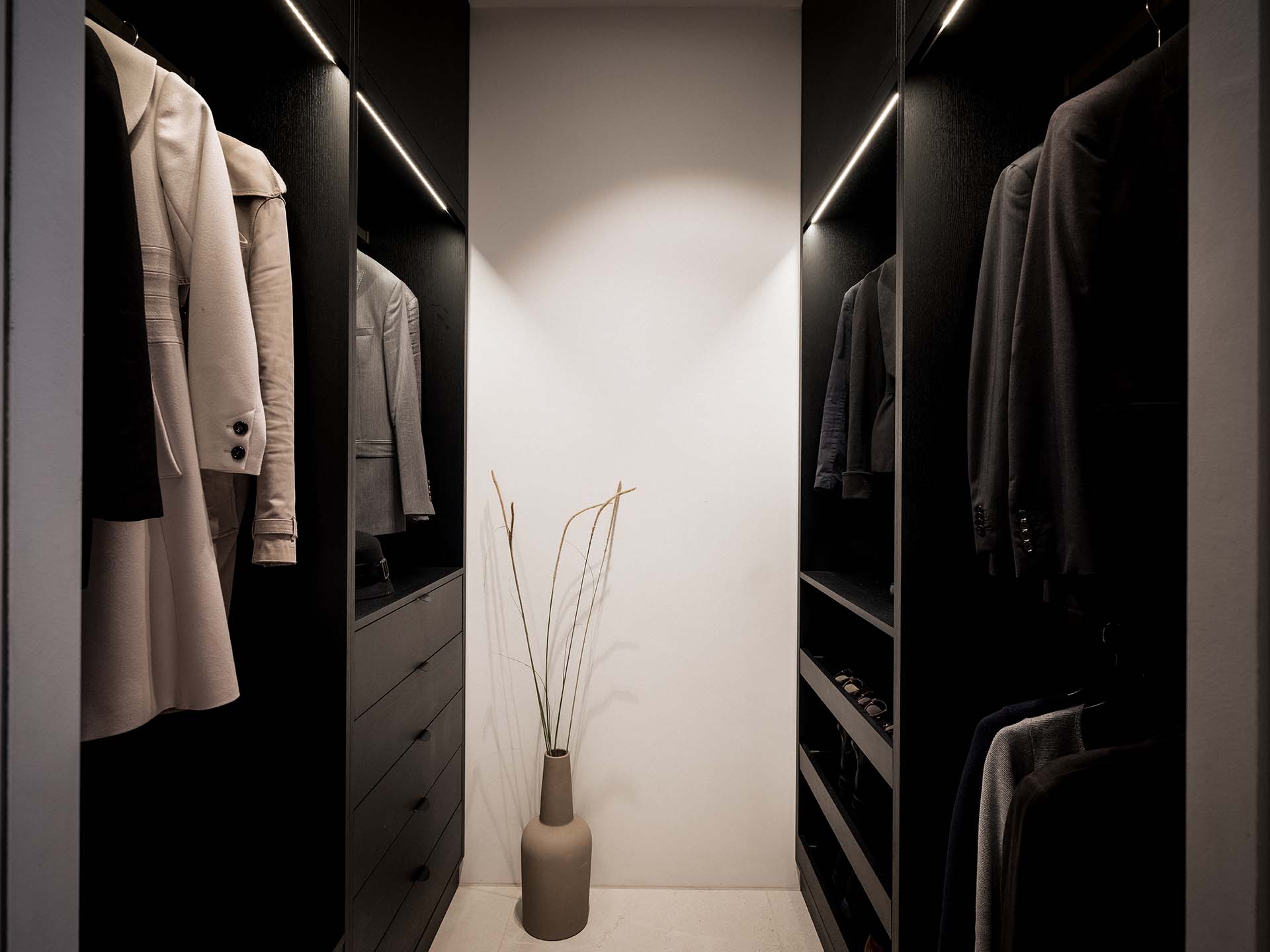Solid wood, veneer or laminate?
Considerations when choosing furniture materials
Area of use: Think about how the furniture will be used. Will it be placed in a high-traffic area or in a less frequently used room? Furniture that is subject to more wear and tear should be made of durable and resistant materials.
Style and aesthetics: Which style do you prefer? Some materials are better suited to modern aesthetics, while others are better suited to more traditional or rustic looks.
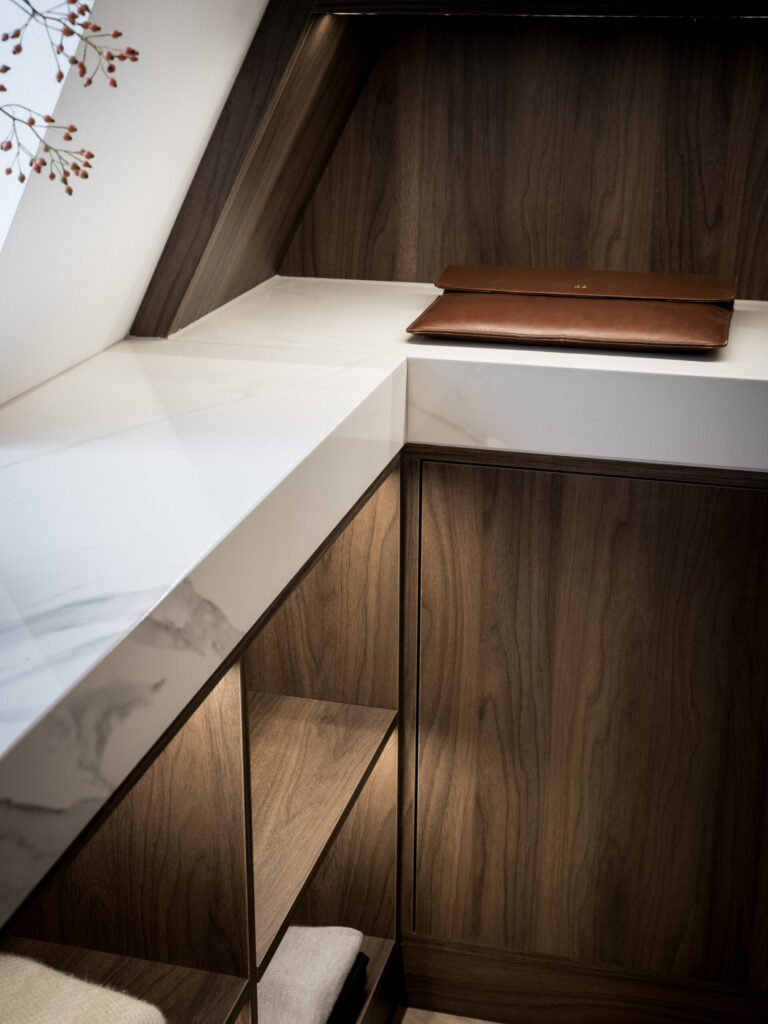
Budget: The price can vary depending on the material. Some materials are more expensive than others, and you need to balance your budget with the characteristics and qualities you are looking for.
Maintenance and cleaning: Think about how much maintenance and cleaning different materials require. Some materials are easier to maintain than others.
Sustainability: If sustainability is important to you, you may want to choose materials that are long-lasting and environmentally friendly.
Allergies and health: Some people may be sensitive to certain materials or chemicals used in furniture production. Be aware of any allergies or health concerns.
Laminate: Laminate is a synthetic material consisting of several layers pressed and glued together. The surface layer is usually a photorealistic image of wood, stone or other material, covered with a layer of transparent plastic. Laminate is known to be durable, scratch-resistant and easy to clean. There is a wide range of designs and colors to choose from. Laminate is a popular choice for furniture that is subject to more wear and tear, such as kitchen tables or desks.
Veneer: Veneer is a thin layer of real wood glued to a core of cheaper wood or plywood. This creates a piece of furniture with the look of real wood at a lower cost than solid wood. Veneers allow for variation in wood types and patterns and give a more natural feel compared to laminate. The quality of veneered furniture depends on the thickness and quality of the veneer layer as well as the heartwood. Veneered furniture can be more fragile than solid wood but at the same time offers an elegant aesthetic at a reasonable cost.
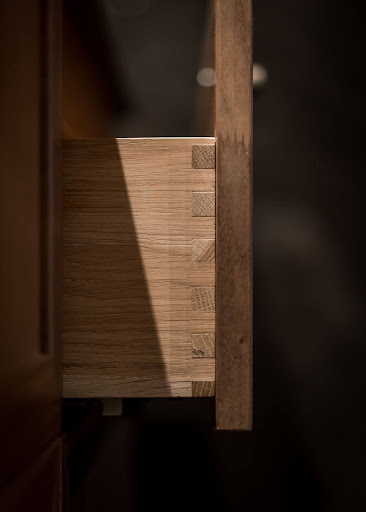
Solid wood: Solid wood has a unique natural beauty with different types of wood and natural grains that give a warm and genuine feel to the furniture. Solid wood is strong and durable. If properly cared for, solid wood furniture can be very long-lasting and can even age beautifully over time. It is a natural material that can be recycled and decompose more efficiently than synthetic materials. In addition, it is a renewable material if the trees are grown and harvested sustainably. If solid wood furniture becomes damaged or scratched, it can often be repaired by sanding and treatment.
When choosing between solid wood, veneer and laminate, it is important to consider your needs, style preferences and budget. Each material has its own unique advantages and can create different atmospheres and aesthetics in your home. No matter which wood material you choose, wooden furniture will always be a timeless and elegant addition to your home.

